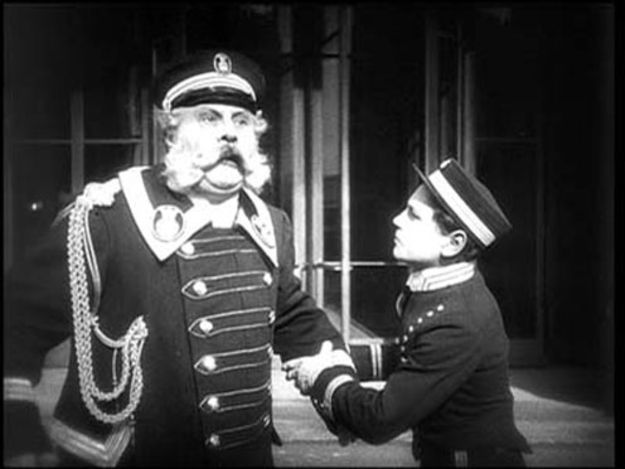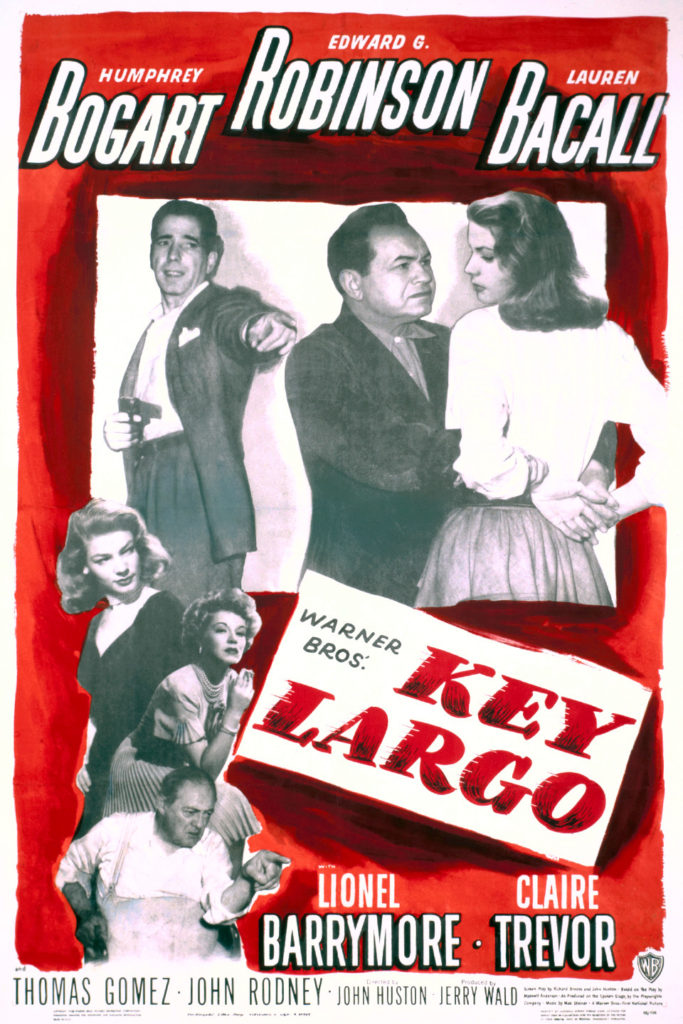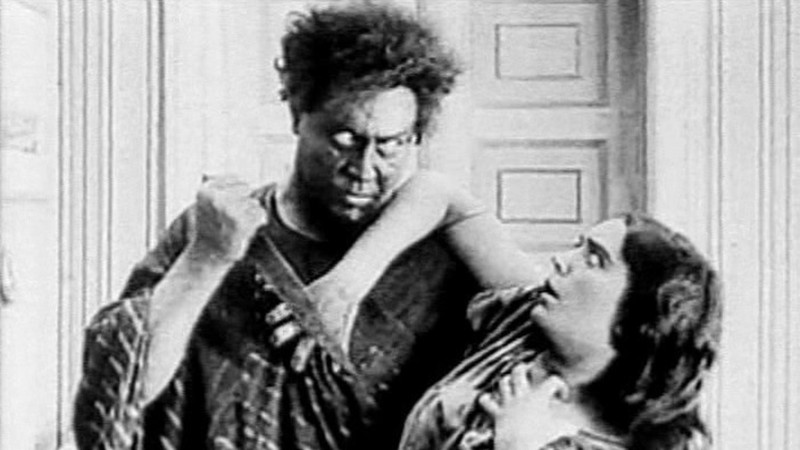Out of the Past (1947)

Asphalt Jungle (1950)

Touch of Evil (1958)

Out of the Past (1947)

Asphalt Jungle (1950)

Touch of Evil (1958)

Der Golem, wie er in die Welt kam -The Golem: How He Came into the World (1920)

Faust (1926)

The Last Laugh (1924)

Vertigo (1958, Alfred Hitchcock)


Psycho (1960, Alfred Hitchcock)


The Big Sleep (1946, Howard Hawks)


‘The Testament of Dr. Mabuse’ (1933, Fritz Lang)


‘Der Golem, wie er in die Welt kam’ (1920, Paul Wegener, Carl Boese)


The Man Who Laughs (1928, Paul Leni)


‘In 1997, UFA and the Luxembourgish rival CLT established the joint venture CLT-UFA, which, following the takeover of British rival Pearson Television, was restructured as RTL Group in 2000. Today, UFA GmbH (UFA) works as a subsidiary of RTL Group’s production division FremantleMedia, which had been formed out of Pearson TV, and is responsible for all production activities of Bertelsmann and FremantleMedia in Germany.
Until August 2013, eight subsidiaries operated under the UFA umbrella: UFA Fernsehproduktion, UFA Entertainment, Grundy UFA, Grundy Light Entertainment, UFA Cinema, teamWorx, Phoenix Film and UFA Brand Communication.
In August 2013, UFA underwent an organizational restructuring that simplified the company down to three production divisions. Today, UFA Fiction, UFA Serial Drama, UFA Show & Factual and UFA Documentary are the four units responsible for production.’
(source – https://en.wikipedia.org/wiki/UFA_GmbH)
Examples include ‘distortion, exaggeration, primitivism, and fantasy and through the vivid, jarring, violent, or dynamic application of formal elements’ to create a sense of ‘highly subjective, personal, spontaneous self-expression’.
(Source – https://www.britannica.com/art/Expressionism)
(Illustrated examples:)
‘Evening on Karl Johan Street’
Painting by Edvard Munch

‘The Yellow Cow’
Painting by Franz Marc

The economic fail in 1929 in Germany was due to the Weimar Republic. German Expressionism became over exaggerated acting used in silent films. German expressionist films became linked to the Weimar Republic. Towards the end of the Weimar Republics period of reign German expressionism was classed as a movement more than an art. Many of the expressionist didn’t like the concept or name of the “movement” created over the art.

‘Unable to afford large casts or sets, directors looked for different cinematic and production techniques to render style, character and emotion.
Expressionist film-makers like F. W. Murnau and Fritz Lang were also concerned with darker storylines and themes, including horror and crime.
Expressionist directors developed innovative techniques, such as new uses for light, contrast, camera angles and movement.
hese directors and their innovations came to influence the wealthier and more prolific film studios in Hollywood.’
(source – https://alphahistory.com/weimarrepublic/weimar-cinema/#:~:text=1.,render%20style%2C%20character%20and%20emotion.)



UFA was established in 1917 when the German government consolidated most of the nation’s leading studios. Its purpose was to promote German culture and, in the years following World War I, to enhance Germany’s international image.

At first, UFA produced mostly historical and costume dramas, including Die Augen der Mumie Ma (1918; The Eyes of the Mummy) and Carmen (1918), both directed by Ernst Lubitsch and starring Pola Negri.

The company soon acquired several theatres throughout Germany and inaugurated Berlin’s lavish Film Palast am Zoo with the premiere of Lubitsch’s Madame Dubarry (1919; also released as Passion), an international hit that did much to open the door for German films in countries where they had been banned since the war.

Ufa’s films now are typically used for German TV, producing what they believe the audience wants to see, feature films about German history as UFA started to cater to people’s interest in recent history.